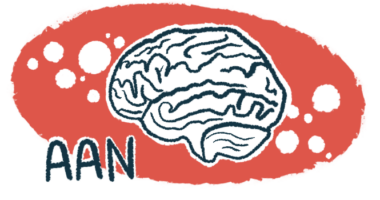ALS and Other Neurological Disorders May Benefit from Prions Created in Lab

A research group — coordinated by Giuseppe Legname from The Laboratory of Prion Disease, SISSA, Trieste, Italy — has found a way to build artificial prions, assembling the proteins in a serial manner.
The study was performed in collaboration with the Carlo Besta Neurological Institute in Milan and the results were published in the journal PLOS Pathogens.
The idea behind the study, as described in a press release, was that building something from scratch is sometimes the best way to understand the properties of an object — in this case, prions. With the help of the newly synthesized prions the team hopes to further its understanding of prion-based diseases. Prions are
A difficulty in prion research is that natural prions, being a heterogeneous and sometimes poorly characterized group, can be difficult to control. Synthesizing the prions allowed the team to exert minute control over their pathogenic behavior in experimental animals.
“When we ‘characterized’ them, we also observed that they were very similar to the ones responsible for Mad Cow and Creutzfeldt-Jakob disease, the human form of the illness,” said Dr. Legname, adding that, “The synthetic ones we created ourselves, however, are easier to control, homogeneous and structurally defined. And yet they still show the same consequences as biological ones. Our ultimate goal, of course, is to identify mechanisms which can block the pathogenic effect, in order to develop treatments for disease.”
The artificial prions retained the activity of their biological counterparts, and the team managed to induce prion disease-associated changes in mice using the synthetic prions. The research has implications for neurodegenerative disorders such as amyotrophic lateral sclerosis (ALS), where prion-like mechanisms have been observed and are believed to contribute to disease development.
“Naturally, our line of research is already evolving. We will be working with human prions, and we have other projects as well,” Dr. Legname said. “We are thinking about the molecules responsible for Alzheimer’s, like amyloid beta, or Parkinson’s, or even amyotrophic lateral sclerosis. In these cases as well, having synthetic molecules available could be an important step forward.”
Dr. Legname concluded, “It is the first time that something like this has been done, and the consequences for research are significant.”






